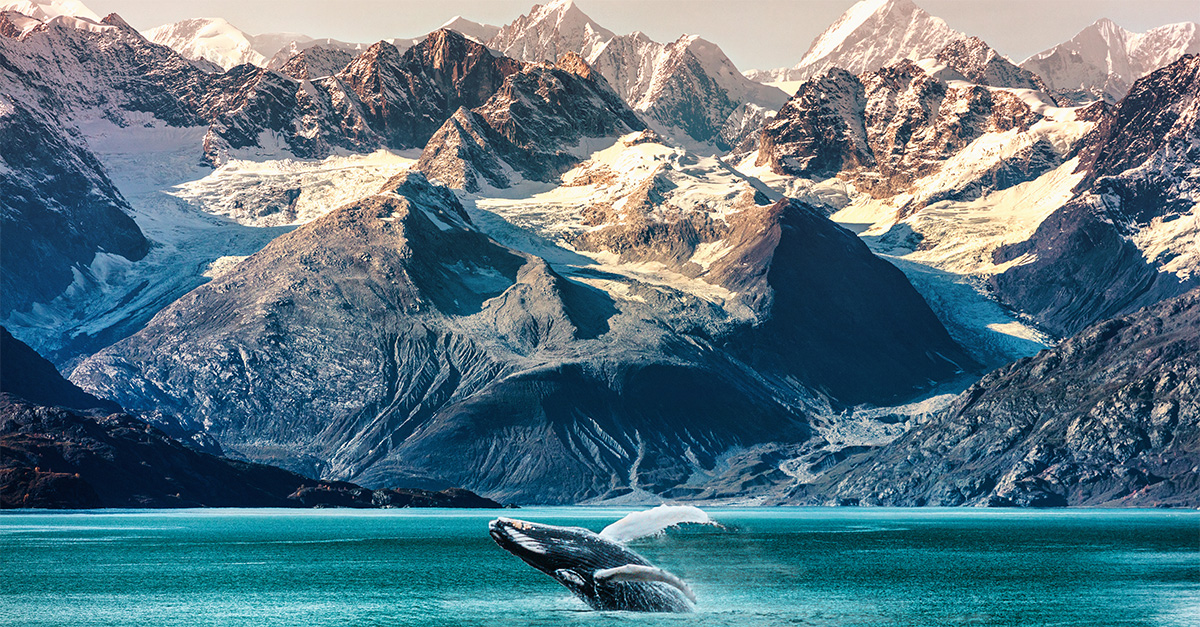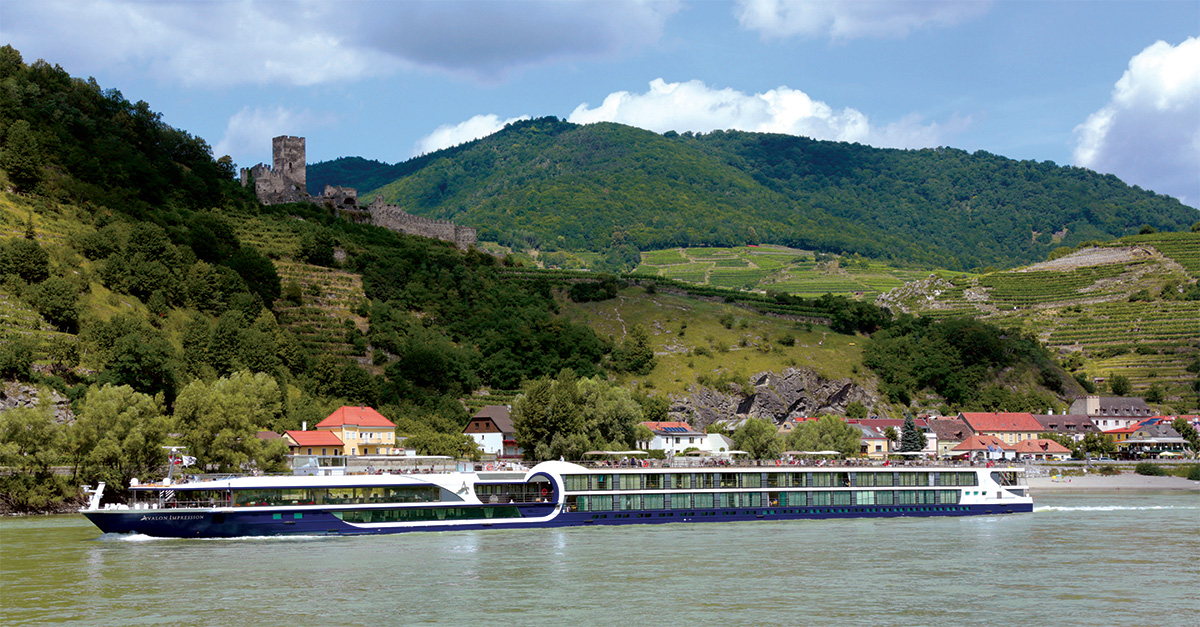Pictures: Shutterstock; JNTO/Toru Sonohara; Inside Japan/David Lovejoy
Laura French leaves the bright lights of Tokyo behind on a search for Japan’s quieter side.
Like this and want more details? Click here to download and save as a PDF.
When in Japan, do as the locals do. That’s the approach I planned when I set off for a whistle-stop tour of the country’s lesser-known side – the one where bubbling hot-spring rivers meet remote mountain villages, emerald-green valleys and centuries-old traditions.
However, I soon realised that ‘doing as the locals do’ was easier said than done when, to the amusement of bystanders, I cracked a raw egg all over the table, then proceeded to throw half a bowl of noodles into my lap. Turns out my chopstick skills leave something to be desired.
Later I ventured to an onsen resort, and my attempt to enter the hot spring as subtly as possible – hyper-aware of the fact that I was wearing no clothes – failed, and in I plunged with a splash that yelped ‘I’m here, and yes, I’m totally naked’. Cultural assimilation, eat your heart out.
But this is precisely the sort of thing that makes Japan a little different – and means that wherever clients end up, they’ll have an experience they won’t forget any time soon.
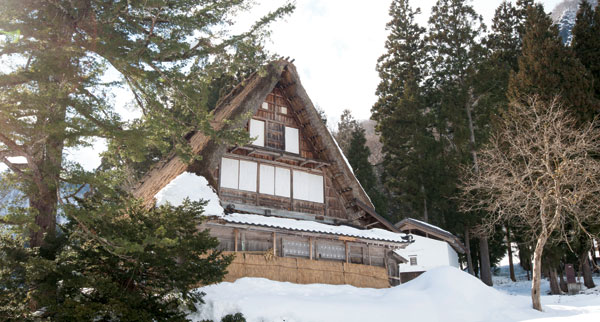
Tokyo’s shy side
My adventures began somewhat more smoothly on scenic Mount Takao, a sacred mountain 30 miles west of Tokyo centre that rises up from a bed of green and comes alive in autumn with a blanket of red, orange and yellow-leafed trees.
This glowing patch of colour pulls in locals en masse and is well worth suggesting as a day trip for clients wanting to see an alternative side to the city. At the top lies an array of symbolic spiritual objects, including a fortune wheel inscribed with mystical Sanskrit, monster statues designed to act as mascots and a cloud of incense puffing out from a central hut, believed to represent the breath of Buddha. It’s an entire mountain dedicated to Zen.
And Zen is exactly how I felt as we soared up on the cable car and later ambled back down on an open-air chairlift, surrounded by gasp-inducing views over the colourful, hilly landscapes, with Mount Fuji faint in the distance. It was all a far cry from the Tokyo I’d imagined.
That’s not to say the better known side didn’t exist: a quick trip to the quirky streets of Harajuku in the city centre assured me the Hello Kitty mascots, animal cafes and white clad boy bands were indeed present – as was a man trying on a giant, bright pink bunny slipper. But it was precisely Japan’s other, quieter side I was keen to explore.
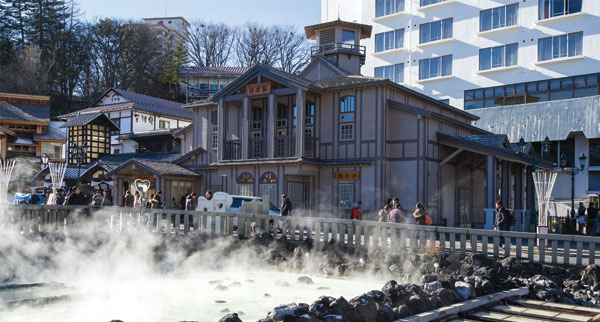
Hot-spring haven
First up in that mission was Kusatsu Onsen, a tiny mountain town 125 miles north of Tokyo, where we ventured to sample the region’s famed hot springs.
Dotted with wooden chalets and souvenir shops selling various bean-based goodies and gifts, this winter ski resort wouldn’t look out of place in the Alps – if it weren’t for the vibrant pool of aquamarine blue that sits bubbling and steaming away in the centre of the plaza, reminding visitors this is hot-spring haven, and it’s beautiful.
The town is home to more than 19 public bath houses, all of which are free to use, and there’s a regular demonstration of the traditional yumomi ceremony, whereby cool water is mixed in with the hot stuff to prepare it for bathing. It’s a whole performance, with local women singing and swishing paddles in sync before following it up with a traditional Japanese dance – a worthy suggestion for clients wanting to get a little cultural (about £3.50).
But the most impressive sight in Kusatsu is Sai-no-Kawara Park, a sloshing, cascading river of natural, steaming hot-spring water that flows down in tiers, interspersed with tiny pools and rocks in rainbow colours – pale turquoise, glaring green and bright, glowing amber.
For those wanting some real hot spring action in the area, suggest a stay at one of the numerous resorts nearby. We tried Kusatsu Onsen Now Resort Hotel, an authentic abode with comfortable rooms and three large hot-spring pools, including one outside.
Nude bathing is obligatory and, as mentioned, challenging if you’re a British prude like me, but it’s well worth it for the sense of complete serenity (and achievement) that follows. The hotel buffet here also happens to be excellent, with a pleasing smorgasbord of delightfully presented sushi and satisfyingly crunchy tempura.
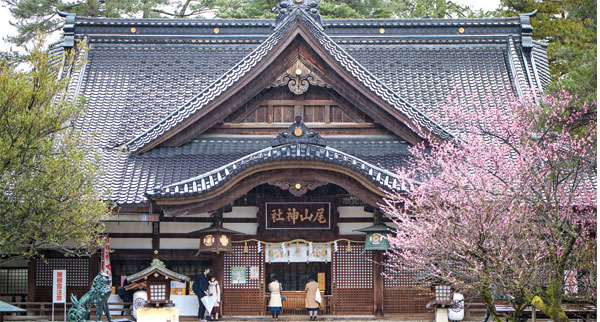
Village life
If these mountain villages get your clients giddy, then the quiet, 16th century Edo town of Takayama – and the surrounding Hida Mountains – on the west side of Honshu may well appeal too. The village is worth a look in for its temples, museums, shrines and traditional restaurants lining tranquil streets. Every October and April the streets are filled with people celebrating the Autumn and Spring festivals.
Nearby you’ll find the Unesco-listed villages of Gokayama and Shirakawa go, where rare, 250-year old Gassho-style farmhouses are interspersed with peaceful walking trails in the mountains.
Famed for their iconic thatched roofs – designed to resemble the hands of monks in prayer – these villages were cut off from the rest of the country for years and have only recently found their way onto the tourist map. It’s an incredibly serene place with pine-covered scenery all around, and it was one of the standout moments of my trip.
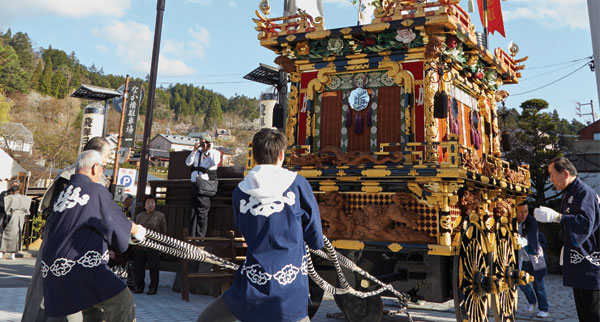
Kyoto’s smaller sibling
On that note, Kanazawa – iconic capital of the Ishikawa prefecture, set right by the sea – should be on the list too. Chock-full of handicraft shops, art galleries, wooden houses, Edo-era architecture and excellent seafood, it’s like a mini Kyoto with added art heritage, alongside one-off restaurants and semi-hidden bars lining a labyrinth of winding, narrow backstreets.
Like the latter it has its own geisha district, Higashi Chayagai, where we enjoyed a matcha tea ceremony at the 196-year-old Kaikaro Tea House. The biggest of its kind in the city, it’s worth suggesting for those clients who are keen to learn more about this fascinating, 1,000-year-old culture, where entertainers perform for exclusive, high-end parties. Most are by referral only, but six times a year there are performances for the public. Outside of that, visitors can take part in the daily tea ceremony for about £8.40.
Elsewhere in Kanazawa there’s the Nomura-ke, a restored samurai family residence in the Nagamachi District that’s ideal for those keen on history (admission is £3.85). But for a properly authentic experience, suggest a visit to the fish market, Ōmi-chō, where unusual sights – black, spiky sea urchins and bright orange crab claws hanging out of buckets – meet overpowering aromas and excellent local restaurants.
There’s also plenty in the way of arts and crafts in the city, including kimono stores where visitors can browse an array of ornate gowns, and a gold-leaf shop where artsy types can decorate their own chopsticks with delicate, super-flimsy sheets of gold (£4.20).
Nature lovers will be in their element here too, with the 17th-century Kenroku-en Garden – considered one of the Three Great Gardens of Japan – offering a kaleidoscopic blend of green, orange, red and yellow alongside a beautiful pond, intricate statues and a set of stones laid out to represent the Seven Gods of Luck (aka the Shichi-fukujin).
The latter must have worked, because by the end of the trip my initial cultural failures were a thing of the past – I was starting to get into the swing of the Japan thing, and when it came to home time, I wasn’t quite ready to say goodbye.
Sample product
InsideJapan offers a Japan Unmasked small-group tour taking in Tokyo, Takayama, Kanazawa, Hiroshima, Kyoto and beyond from £1,790 for 13 nights, including accommodation, breakfast, transport, a 14-day Japan Rail Pass and entrance fees but not flights.
insidejapantours.com
Wendy Wu Tours can arrange a tailor-made eight-night package comprising four nights in Tokyo, one in Kusatsu, one in Kanazawa and two in Kyoto, from £2,890. The price is based on four-star accommodation with breakfast, local guides, all transport and entrance fees but excludes flights.
wendywutours.co.uk

